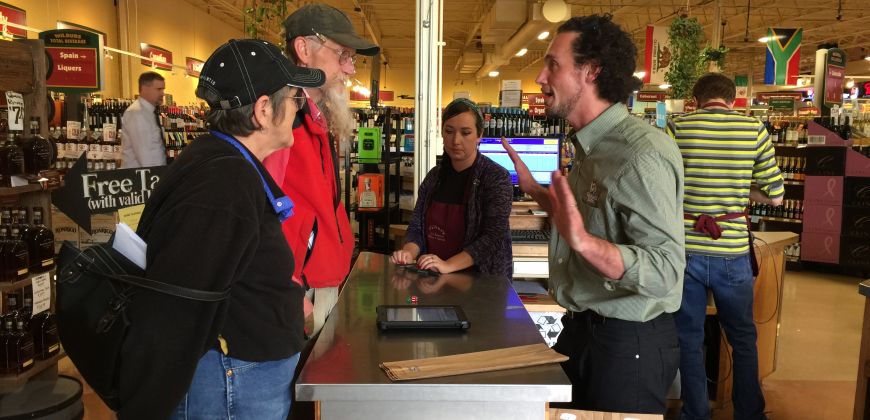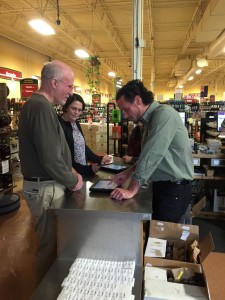
Many consumers have become increasingly interested in food nutritional content and production practices. The industry has responded by adding a wide variety of food labels such as:
Fat free
0 trans fat
Gluten free
GMO free

Although we see these labels almost everywhere, how consumers interpret them is a growing area of research and one that drives the work of Marco Costanigro, associate professor of agricultural and resource economics at Colorado State University.
Process labels provide consumers with information as to what did and did not happen in the production of their food, which is interpreted as a signal of quality traits they find important. In many ways, these labels can be helpful because they can help consumers match their purchases with their preferences. For example, consumers purchasing organic food may be interested in the environmental impact of food production.
Can lead to misinterpretations
At the same time, process labels can also lead to misinterpretations, according to Costanigro.
“When we see labels that use phrases like ‘cage free,’ consumers don’t always know what that means, but it sounds like a good thing,” said Costanigro. “The key point is that process labels are open to consumers’ interpretations, and interpretations can be wrong.”
Benefits and drawbacks
 Costanigro’s research is part of a growing literature on the benefits and potential drawbacks of food labeling. His work has been published in the Journal of Agricultural Economics, Food Policy, and Food Quality and Preference. Most recently his work on the “Process Labeling of Food: Consumer Behavior, the Agricultural Sector, and Policy Recommendation” task force was presented by the Council for Agricultural Science and Technology to a joint group of House and Senate legislators in Washington, D.C.
Costanigro’s research is part of a growing literature on the benefits and potential drawbacks of food labeling. His work has been published in the Journal of Agricultural Economics, Food Policy, and Food Quality and Preference. Most recently his work on the “Process Labeling of Food: Consumer Behavior, the Agricultural Sector, and Policy Recommendation” task force was presented by the Council for Agricultural Science and Technology to a joint group of House and Senate legislators in Washington, D.C.
Purchasing decisions
In addition, Costanigro is interested in how consumers use product reputation in making purchase decisions. He has run experiments at local stores to see if the location where a wine was made, and thus its geographic reputation, influences sensory experience and willingness to pay. He is currently examining whether wines produced in Colorado suffer from a subconscious stigma effect when compared to wines produced in well-established regions, such as California. Just as perceptions about food production process can influence buying decisions, Costanigro believes that perceptions about reputation also play a factor.